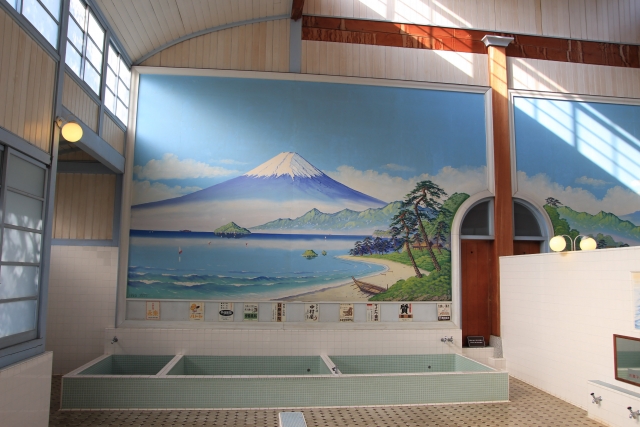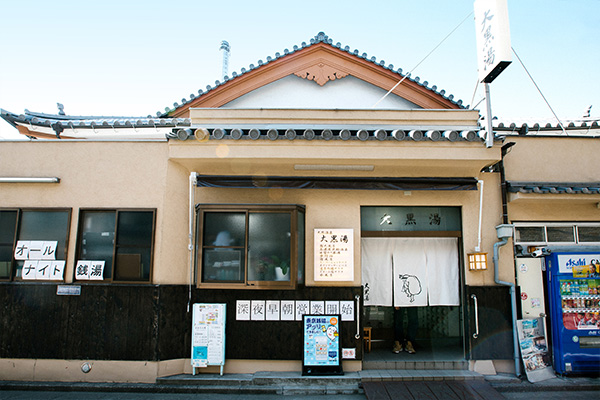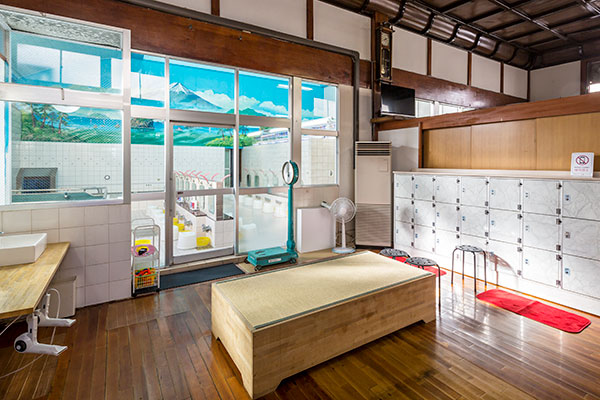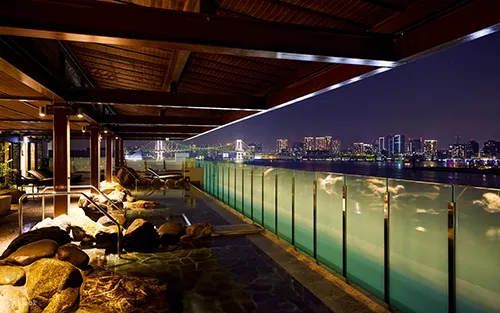Have You Ever Been to a Japanese Sento?
What is a Sento?
A sento is a traditional public bathhouse that has existed in Japan for centuries.
They feature large communal bathtubs and multiple washing stations, and many also have saunas.
It’s very common to find a mural of Mt. Fuji painted on the bathhouse wall.
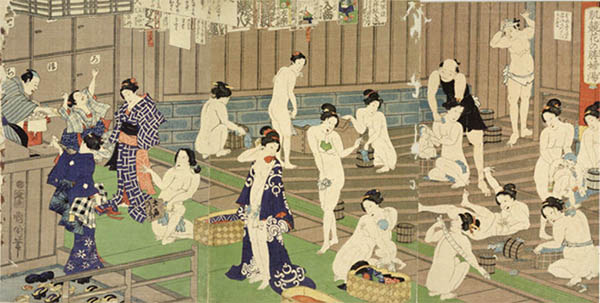
The current style of sento, where people soak in large tubs, began in the Edo period (around the 1600s).
For us Japanese, sento have long been familiar places for relaxation and community bonding.
You might remember seeing one in Spirited Away!


How is it Different from an Onsen?
In short: Onsen use natural hot spring water and often have unique mineral properties that vary by location, so they’re more common in rural or resort areas.
Sento use regular tap water and can be found in cities all over Japan.
Another difference: Sento prices are fixed uniformly within each prefecture.
Sento admission fees in Tokyo (as of this writing):
| Adults (12 and over) | 550 yen (US$ 3.74) |
| Children (6–12) | 200 yen (US$ 1.36) |
| Young children (under 6) | 100 yen (US$ 0.68) |
When I was little, our house didn’t have a bath, so I often went to the local sento.
Sadly, with the spread of home baths, the number of sento has been declining.
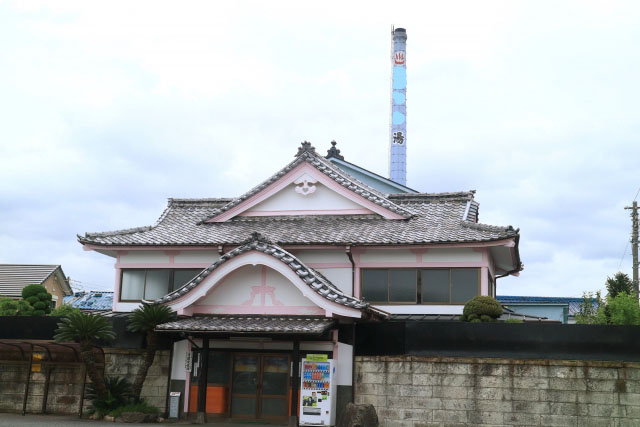
At their peak, there were about 18,000 sento across Japan. Now, only around 1,600 remain.
That’s right—they’re becoming a rare treasure, and the number will likely keep decreasing.
So, why not try visiting a sento before they disappear from Japan?
How to Experience a Sento
Step 1 – Choose Your Sento
Tokyo alone has about 460 Sento, so it can be hard to pick.
My recommended Sento will be listed at the end, so please check it out.
Step 2 – Enter the Sento
Take off your shoes at the entrance and put them in a wooden shoe locker.
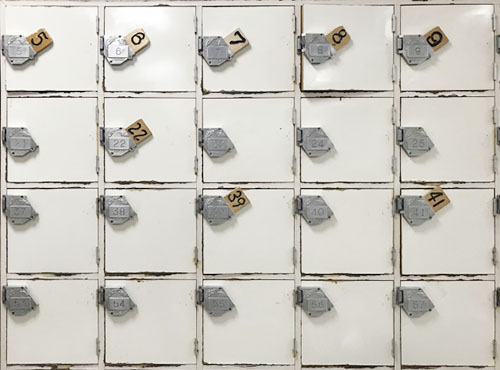
Some Sento still have a person at the reception counter to collect payment, but most now have vending machines that sell entry tickets—use those if available.
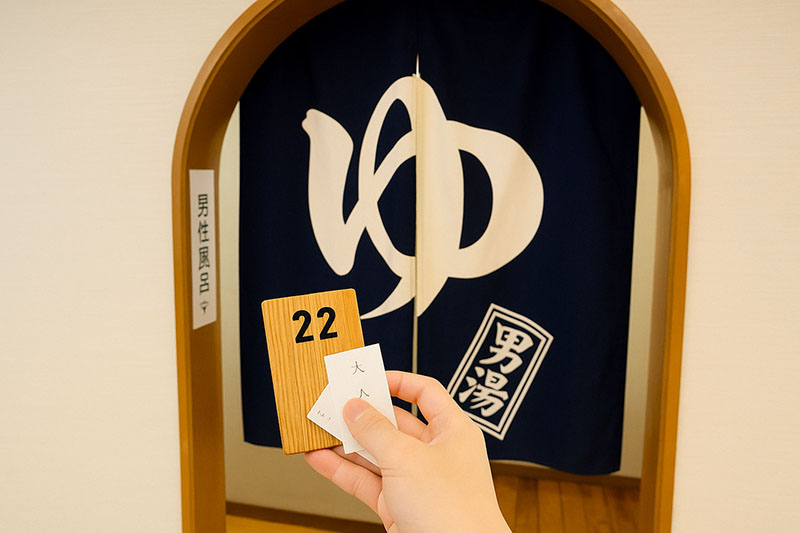
After paying, head into the changing room (separated by gender: blue curtains for men, red for women).
If you need a towel, razor, or other toiletries, buy or rent them before entering.
Remove all your clothes, put them in a locker, take the key, and wear it on your wrist.

Step 3 – Time for a Bath!
Bring a small hand towel into the bathing area.
It is used for washing your body and for drying yourself at the end.
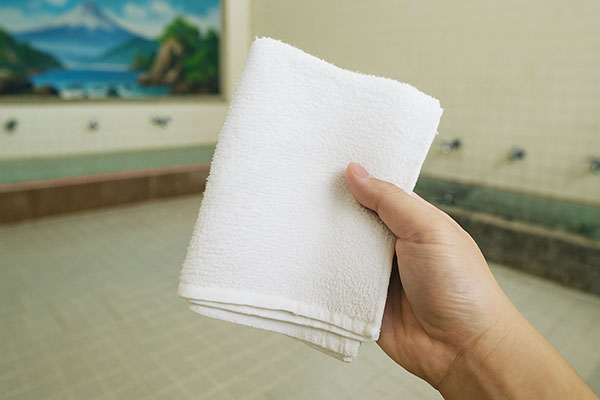
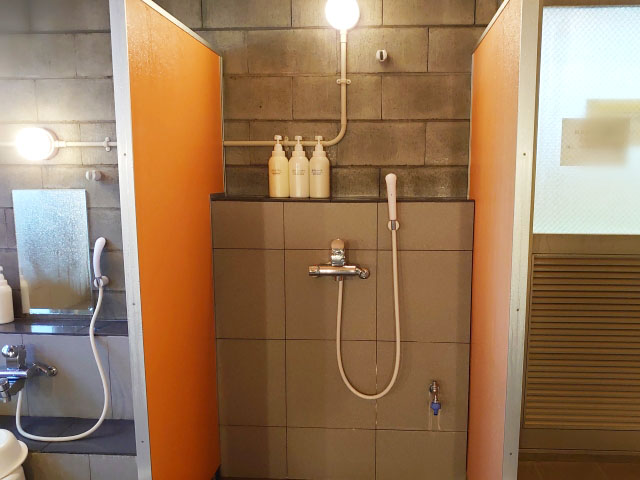
First, rinse your body at an empty washing station or shower before entering any tubs—jumping straight in is a big no-no.
Choose a bath and soak. Depending on the sento, there might be electric baths, jet baths, or seasonal specials like yuzu baths.
Enjoy the large communal tub—but be warned, some baths can be quite hot!
Step 4 – Wash Up
Find an open washing station and wash your hair and body thoroughly.
Some sento provide shampoo and conditioner; others don’t—check in advance or bring your own.
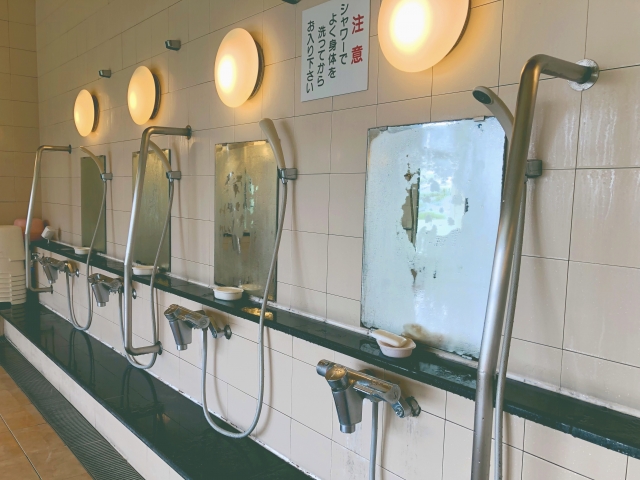
Step 5 – Finishing Up
Before leaving the bath, rinse off your washing area.
Dry off thoroughly with your towel before entering the changing room.

Once dressed, buy a bottle of cold coffee milk, stand in front of a fan, put your hands on your hips, and drink.
That’s the true Japanese Sento style. You’re done!
Sento Etiquette – What Not to Do
- Running or splashing around
- Putting your towel in the bathwater
- Shouting or making loud noises
- Eating or drinking in the bathing area
- Taking photos or videos
- Sitting directly on sauna benches (always use a towel or sauna mat)
- Entering the cold bath without rinsing off sweat first
My personal, subjective recommendation for a Sento in Tokyo
My recommended Sento is…
Daikokuyu
Why?
- A nostalgic, classic atmosphere.
- Rare for a Tokyo sento: it has an open-air bath!
- Walking distance from Asakusa Station (about 8 minutes by car).
- Open from 3 p.m. until 10 a.m. the next morning!
- Free shampoo and body soap; towels available for rent—so you can come empty-handed.
- Tattoos are welcome (many sento don’t allow them).
- Using hot spring water
If you’re interested, check out the details from the link in the image.
Today, there are also super sento—large modern bath complexes with multiple tubs, gyms, and restaurants.
But if you want to experience the old-fashioned charm of Japan, I highly recommend a small neighborhood sento like the one I introduced here.
Thanks for reading!

